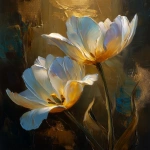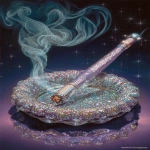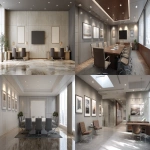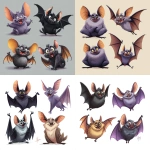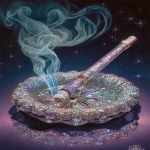Explore the Best AI Image Gallery
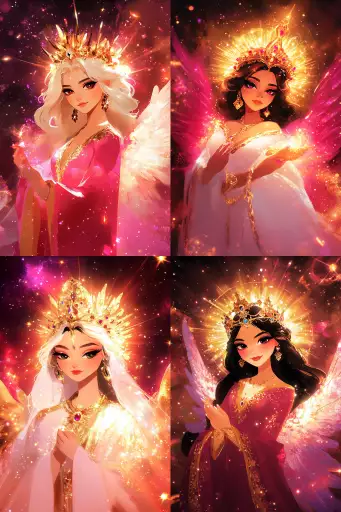
Beyond the Brush: How AI-Generated Visual Content is Transforming the Creative Industry
The realm of visual creation has been profoundly altered by the emergence of artificial intelligence (AI), ushering in a new era where machines can generate stunning and original artwork. This paradigm shift, powered by sophisticated algorithms and vast datasets, is redefining the creative landscape, offering both exciting opportunities and complex ethical dilemmas.
A New Artistic Playground
AI-generated visual content encompasses a wide range of applications, from designing captivating marketing materials and generating unique website visuals to crafting intricate illustrations and even composing realistic 3D models. Tools like DALL-E 2, Midjourney, and Stable Diffusion have become popular platforms for users to experiment with AI-powered creativity, inputting text prompts to produce breathtakingly diverse imagery.
Unlocking Creative Potential
This technology empowers artists and designers in unprecedented ways:
- Overcoming creative blocks: AI can serve as a springboard for inspiration, generating novel ideas and concepts that spark new artistic directions.
- Accelerating the design process: AI can rapidly generate multiple iterations of designs, allowing creators to explore various options and refine their vision efficiently.
- Democratizing creativity: AI tools make visual creation accessible to individuals without extensive technical skills or artistic training, fostering inclusivity and expanding the creative community.
Navigating Ethical Considerations
While the potential of AI-generated visual content is immense, it also raises crucial ethical concerns that require careful consideration:
- Copyright and ownership: Questions arise regarding the intellectual property rights of AI-generated artwork. Who owns the copyright - the user who provides the prompt, the developer of the AI tool, or the AI itself?
- Bias and representation: AI algorithms are trained on vast datasets, which may contain inherent biases that reflect societal prejudices. This can result in AI-generated content perpetuating stereotypes and reinforcing harmful representations.
- Authenticity and deception: The ability to create highly realistic images raises concerns about the potential for misuse, such as generating deepfakes for propaganda or spreading misinformation.
Shaping the Future of Creativity
The future of AI-generated visual content is brimming with possibilities. We can expect:
- More sophisticated and versatile AI tools: Ongoing research and development will lead to even more powerful AI models capable of generating increasingly nuanced and realistic visual content.
- Integration with emerging technologies: AI-generated visuals will seamlessly integrate with augmented reality (AR) and virtual reality (VR), creating immersive and interactive experiences.
- Collaborative workflows: Artists and AI will work together in symbiotic relationships, leveraging each others strengths to push the boundaries of creative expression.
Embracing a New Era
AI-generated visual content is transforming the creative industry at an unprecedented pace. By embracing this technology responsibly, addressing ethical concerns, and fostering collaboration between humans and AI, we can unlock its immense potential to revolutionize how we create, experience, and interact with visual art.
](https://images.ai-img.art/thumbnails/150/8d1fe5a7a49cfc96747182431a853357913286d89258383caab2d3b4681afcb5.webp)
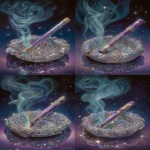
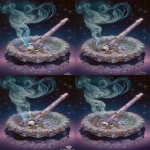
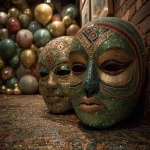
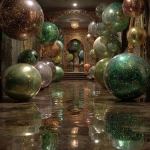

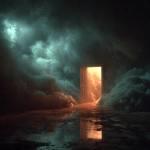
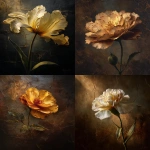
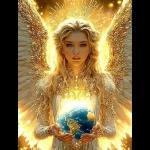

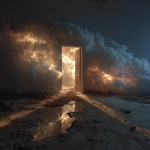
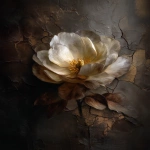
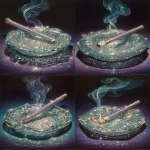
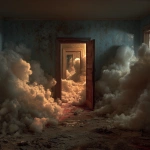
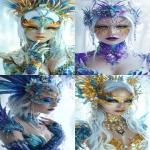
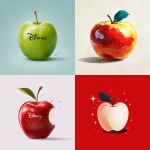
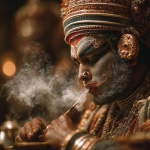
](https://images.ai-img.art/thumbnails/150/485c8b1c747827bdc9a962f8a1919b3c259b18dd263b260208a1eae19fb85e07.webp)
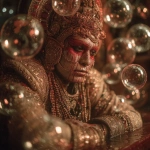
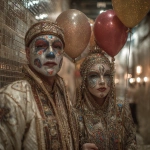
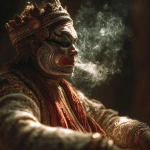
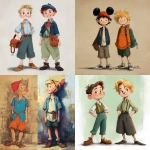
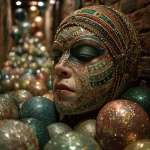

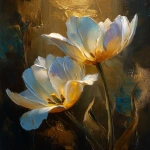

](https://images.ai-img.art/thumbnails/150/269414b0e541026702e9e67c67602c96162f37ff460a388b3b36314c8fc936dd.webp)
](https://images.ai-img.art/thumbnails/150/3020b8c2b6d9be07e042357107af1de10deb274a41d2b0f332684ad4b532a702.webp)
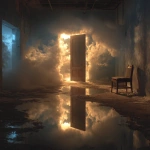
](https://images.ai-img.art/thumbnails/150/5197af8969d850e2a43e141d41e482ccbceedebceb2a4caf9f098f943f9d1b0f.webp)

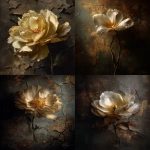

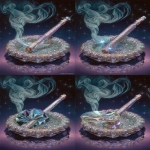
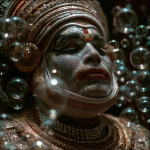
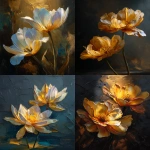

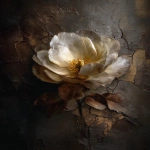
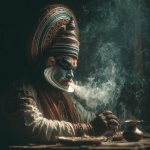
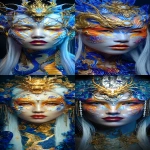
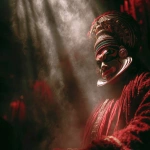
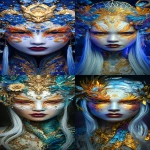

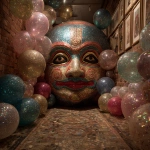
](https://images.ai-img.art/thumbnails/150/2fbd98ecfc425cfc1597779121e1c0305437067779e9c471eb64ff9615d5be98.webp)
